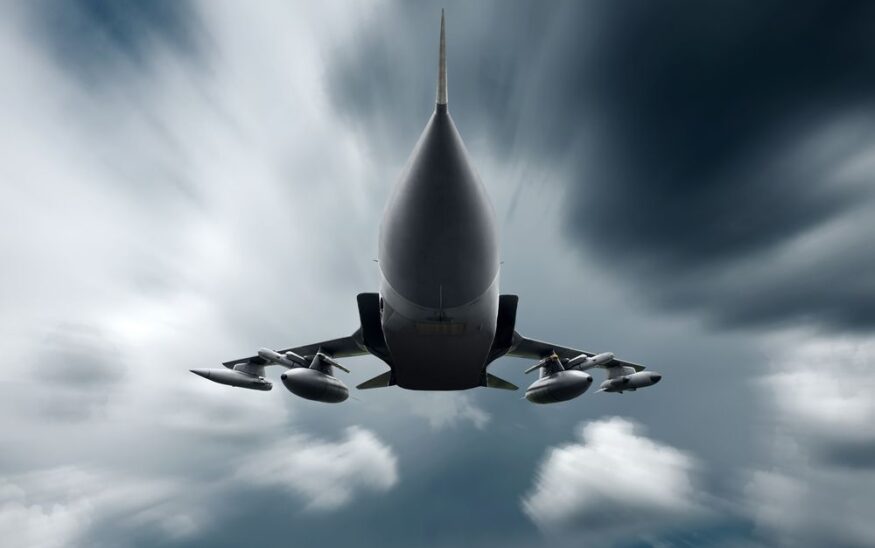How the defense industry drives Colorado's economy
And why that promises to continue
Tom Binnings //October 12, 2015//


How the defense industry drives Colorado's economy
And why that promises to continue
Tom Binnings //October 12, 2015//
What I enjoy most about being an applied economist is the opportunity to constantly learn. My company, Summit Economics, recently spent six months working with WBB, a Department of Defense (DoD) consultant in Virginia, and the State of Colorado, on an illuminating project. The project addressed the value of Colorado to the DoD and the reciprocal relationship. This was achieved given the long-term outlook for federal austerity and the possibility of a new Base Closure and Realignment Commission (BRAC) process in the coming years as the DoD and Congress attempt to realign the nation’s military assets and capabilities to increase effectiveness and efficiency.
Colorado is the operational missile defense center for the world. From command activities in Aurora to tracking and integration in Colorado Springs, to rapid deployment of reserves in Greeley, our state sits at the nexus of missile defense. When combined with satellite operations that are increasingly encountering space congestion as more nations launch satellites, the Front Range has one of the highest concentrations of aerospace in the nation. Of course, the state is known for high-altitude training for combat among ground troops and aviation as well.
A critical aspect of considering the DoD-Colorado relationship is the degree of product or technological diversity. If all one has is a specific product (in this case military capability) or technology, then the local economy is vulnerable to change as the “product” matures through its life cycle. On the mature and declining end of the scale is ground based force-on-force combat, manned aerial combat, and the old space paradigm where the U.S. dominated with satellites. Fortunately, Colorado also hosts special ops and rapid response — intelligence, surveillance, and reconnaissance — cyber security, and unmanned aerial vehicles.
What makes a diversified DoD presence possible in Colorado are the economies of agglomeration that have developed in the state since World War II. Agglomeration is a self-reinforcing process where an industry grows in a given location due to both capital investment in the area and the specialized labor force that emerges. With the DoD in Colorado, our state’s natural environment entices many veterans who experienced the state when stationed here to return once they leave active duty. These veterans are a great addition to the labor force, which attracts private companies with DoD contracts. These private companies might eventually branch off into non-DoD ventures. Additionally, interaction between Colorado’s colleges and universities and both active duty and veteran students is phenomenal. Sometimes there are substantial research spinoffs; especially from the Air Force Academy, and sometimes veterans create entirely new spinoff industries like the 10th Mountain Division, which accelerated the development of skiing in Colorado and nationally after World War II.
DoD’s expenditures on our military installations on more than 3,000 contracts in Colorado makes DoD alone the third largest basic industry in Colorado – essentially tied with agricultural exports. In total, DoD is responsible for 5.2 percent of the state’s employment and 7.5 percent of the state’s labor income. The State of Colorado derives 5.5 percent of revenues through DoD expenditures. These impacts exclude the dollars spent in the state from veterans’ federal benefits. All considered, there is a great symbiotic relationship between the defense of our nation and the Colorado economy, which will endure and grow long into the future.
























